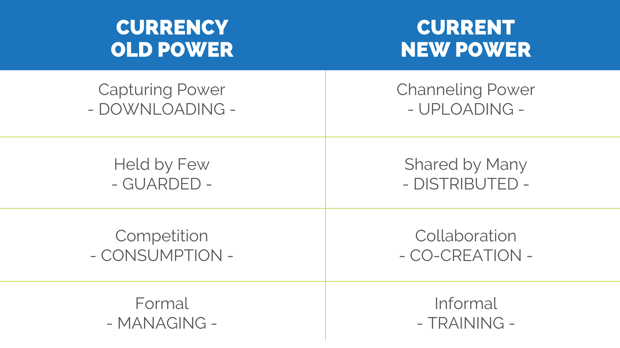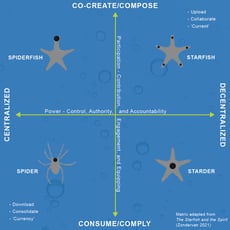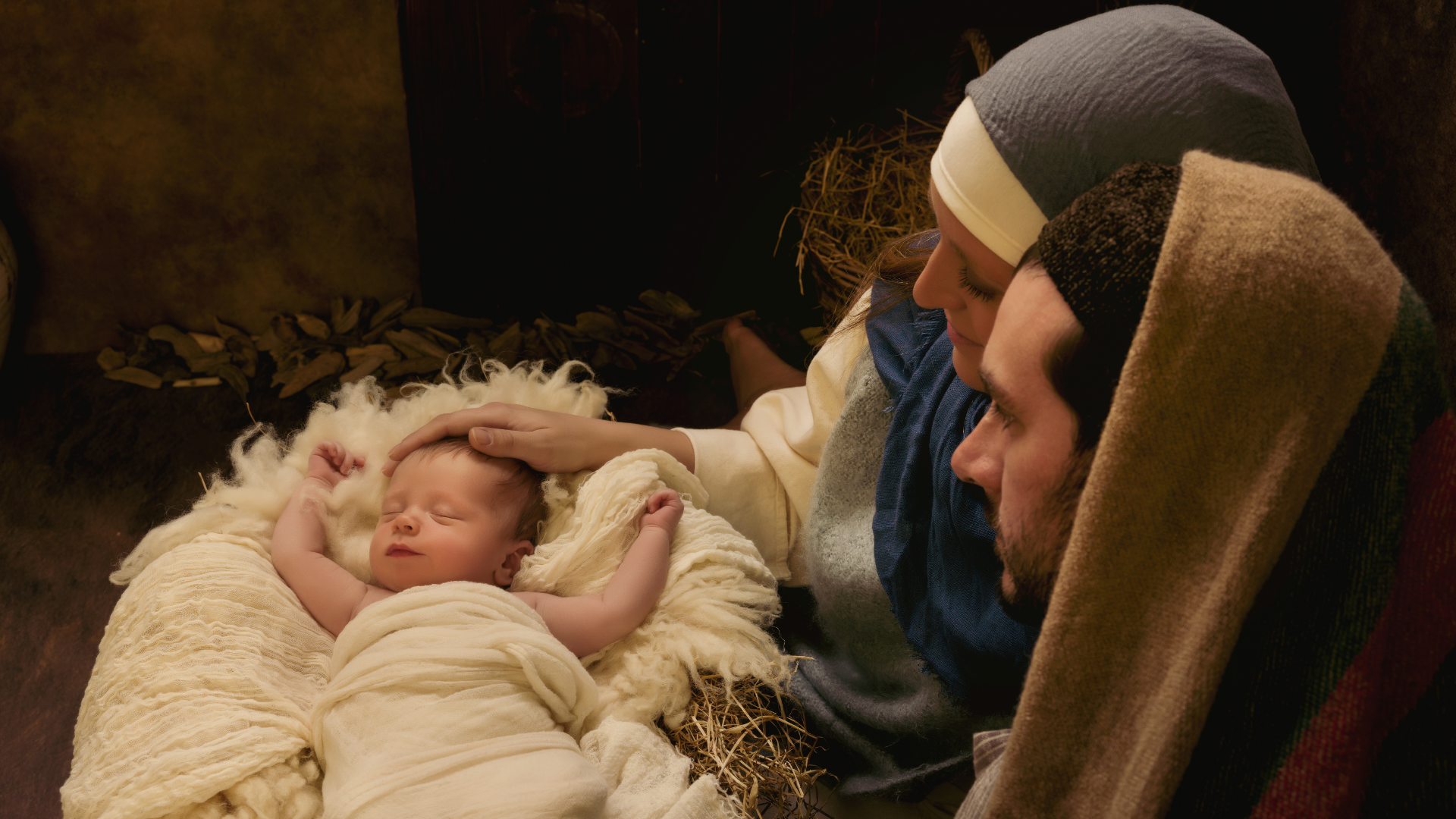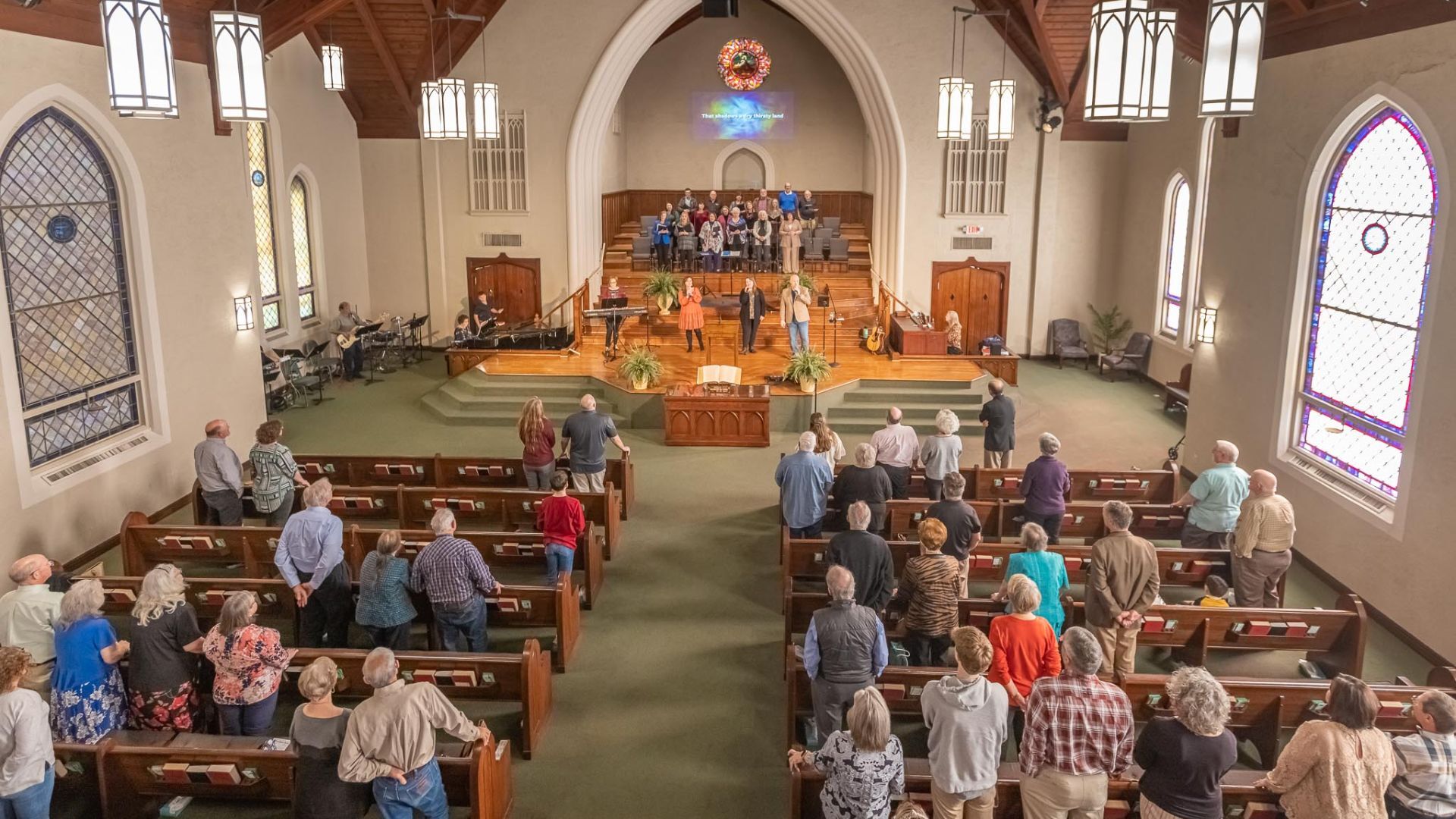Structuring For Movement
G. K. Chesterton stated: “The more I consider Christianity, the more I found that while it has established a rule and order, the chief aim of that order was to give room for good things to run wild.” Order giving rise to wildness? It seems contradictory, doesn’t it? We often associate structure with control and restraint, elements that stifle or inhibit freedom and liberation - going wild! Yet, just as in the natural and organic world, things that run wild have rules and order that engineer that wildness (for example, weeds have structure). The key is to construct our systems to catalyze growth and expansion, not stifle and frustrate them.
Power
A Question of Leadership and Empowering

People
A Question of Size and Participation
Process
A Question of Sustainability and Scalability
Once you have wrestled through the question of power and people, you are now ready to tackle the process question. How will we pull this off? It’s been stated that the future will be a “battle over mobilization.” Most churches (about 80%) will fail to fully execute and implement their visionary and strategic plans (even those who create such programs, never mind those who don’t). There are several reasons for this, but a lack of clarity and simplicity is at the top of the list - elements essential to sustainability and scalability. I have found in developing movement processes, three characteristics need embracing and embodying - especially if you want to deliver your ideas and messages in a way that carries them forward exponentially:1
- Receivability: the message is received personally and emotionally - does it stick? Is it clear, concise, credible, captivating, and compelling?
- Repeatability: the message repeats easily - that is, can it be shared and applied quickly and without difficulty? Is the call to action concrete, practical, and feasible?
- Reproducibility: the message reproduces strategically - does it spread widely? Are the core message and practices (i.e., the “radical minimums”) capable of remaining both intact, and at the same time, able to adapt and innovate in different contexts? Are the relational pathways and onramps for people to connect and contribute to the movement accessible, inviting, and tractionable?
As part of these three Rs, the forms in which the information is shared, passed on, and embodied should not be cumbersome, weighty, and complex. Leveraging the use of specific language/words, stories, visual aids, tools, meme-like phrases, digital platforms (what can be automated?), and hands-on training venues (both online and in-person) - just to name a few, needs to take place.
At Chemistry Staffing, we are committed to seeing kingdom movements flourish! Whether helping you find the right staff or shaping your ministry structures, we are here to help. But, be forewarned, things just might get a little wild!
Bonus Resource:
Check this Matrix out. I created it based on the book, The Starfish and the Spirit, which identifies four quadrants churches are located depending on where the locus of power and participation are. Where are you currently located, and is a shift required to accomplish your vision and mission? Click here to download the matrix.
Starfish and the Spirit, which identifies four quadrants churches are located depending on where the locus of power and participation are. Where are you currently located, and is a shift required to accomplish your vision and mission? Click here to download the matrix.
To connect with Allan about finding a long-term healthy fit or to talk about church health, reach out to him via email here.
1Adapted from Neil Cole, Organic Church. See also his Church 3.0 as a great resource.





